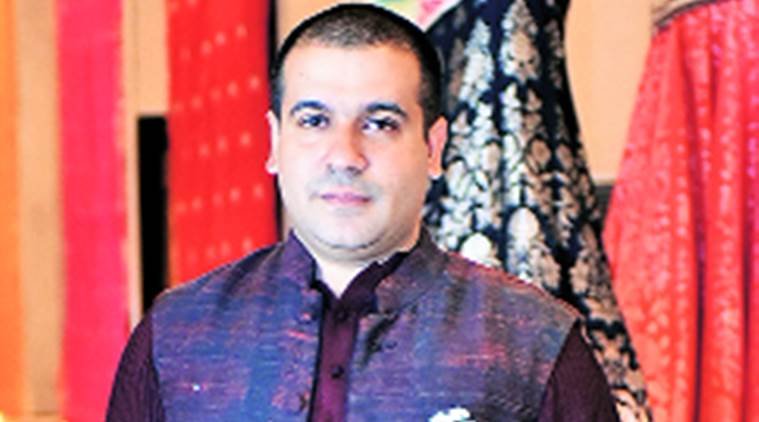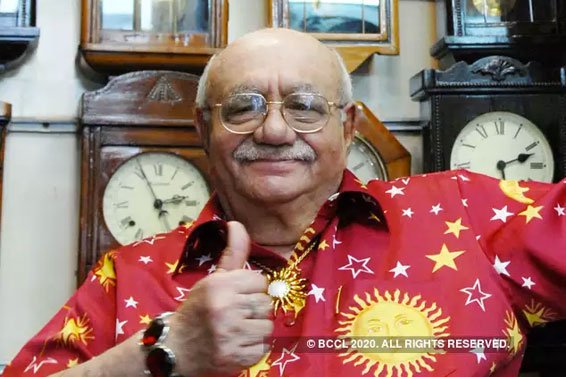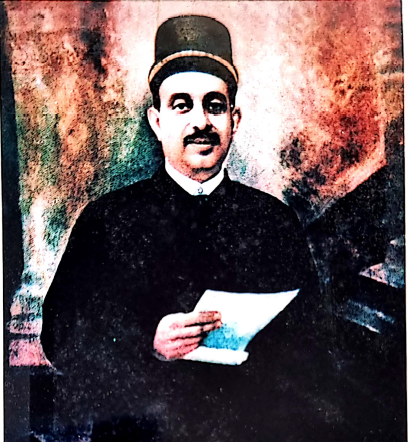With Strings Attached
Ashdeen Lilaowala on his new collaboration that attempts to recreate the magic of Parsi gara embroidery on Banarasi hand.
FOR DELHI-based textile designer, author and curator Ashdeen Lilaowala, the delicate craft of Parsi gara embroidery is more than just a communal tradition to be archived and preserved. The National Institute of Design (Ahmedabad) graduate launched his label Ashdeen in October 2012, specialising in hand-embroidered saris and apparel. He has taken the Oriental influences of heavily embroidered textiles that Parsi traders along the Silk Route brought home from China more than 200 years ago, and has give them a contemporary, yet controlled, spin. Over the years, Lilaowala has managed to take the embroidery form out of the confines of genteel Parsi homes and on to the runways of mainstream fashion weeks. And, once again, he redefines gara embroidery with a collaboration with Varanasi-based heritage textile label Ekaya, where the refined needlepoint technique has been ingeniously woven on a loom on Banarasi pure silk fabrics, and not embroidered by hand. After a year of research and development, in collusion with Ekaya founder Bharat Shah, the collection “Ziba” was launched in the Capital last week. The line-up of saris, lehengas, yardage and dupattas, priced between Rs 25,000 and Rs 60,000, will be available at Ekaya stores in Delhi and Ahmedabad. Edited excerpts from an interview:
How did the collaboration with Ekaya come about?
I have been working with Ekaya for nearly two years and it seemed very natural to combine our strengths — Ekaya’s Banarasi weaving and my Parsi gara embroidery. The idea was to take motifs and colours that are characteristic of Parsi gara embroidery and creatively weave them as Banarasi fabrics.
Tell us about the specific gara motifs used and the colour story of the collection.
We have used several of the classic flora and fauna motifs such as the chakla-chakli (a pair of sparrows), peacocks, cranes and butterflies, soaring over vines and trellises. Chrysanthemums and roses have been used in the ‘jaal’ and the border of the saris. Quaint motifs of ‘karolia’ (spider) and ‘kanda-papeta’ (onions and potatoes) have also been woven. We decided to go with one colour palette that boasted of rich classic jewel tones such as deep rubies, emeralds, garnets and sapphire, along with charcoal and slate. And another that included soft shades of ‘firozi’, old rose, taupe and cream, hues not often seen in Parsi garas.
What were some of the parameters you had to adhere to?
Our goal was to interpret the Parsi gara tradition in weaving. While in embroidery you can create a sari with no repeat, in weaving you have to innovatively work in a small repeat. The challenge was to set birds and florals in a small repeat, yet have the flow and elegance of an embroidered gara. The process started with a mood board to identify motifs and forms which were typically Parsi and which could be translated to weaving.
What were the challenges you faced in the process?
Weaving is a laborious process and there is a lot of planning and work undertaken before the actual weaving is done. The challenge was to make sure that designs were given to the weavers according to their skill sets. Also to make them aware of the motifs they were weaving and to achieve refinement. We had to make sure that the correct cards were punched, the proportions of the motifs were precise and the overall aesthetic of the saris was Parsi.





